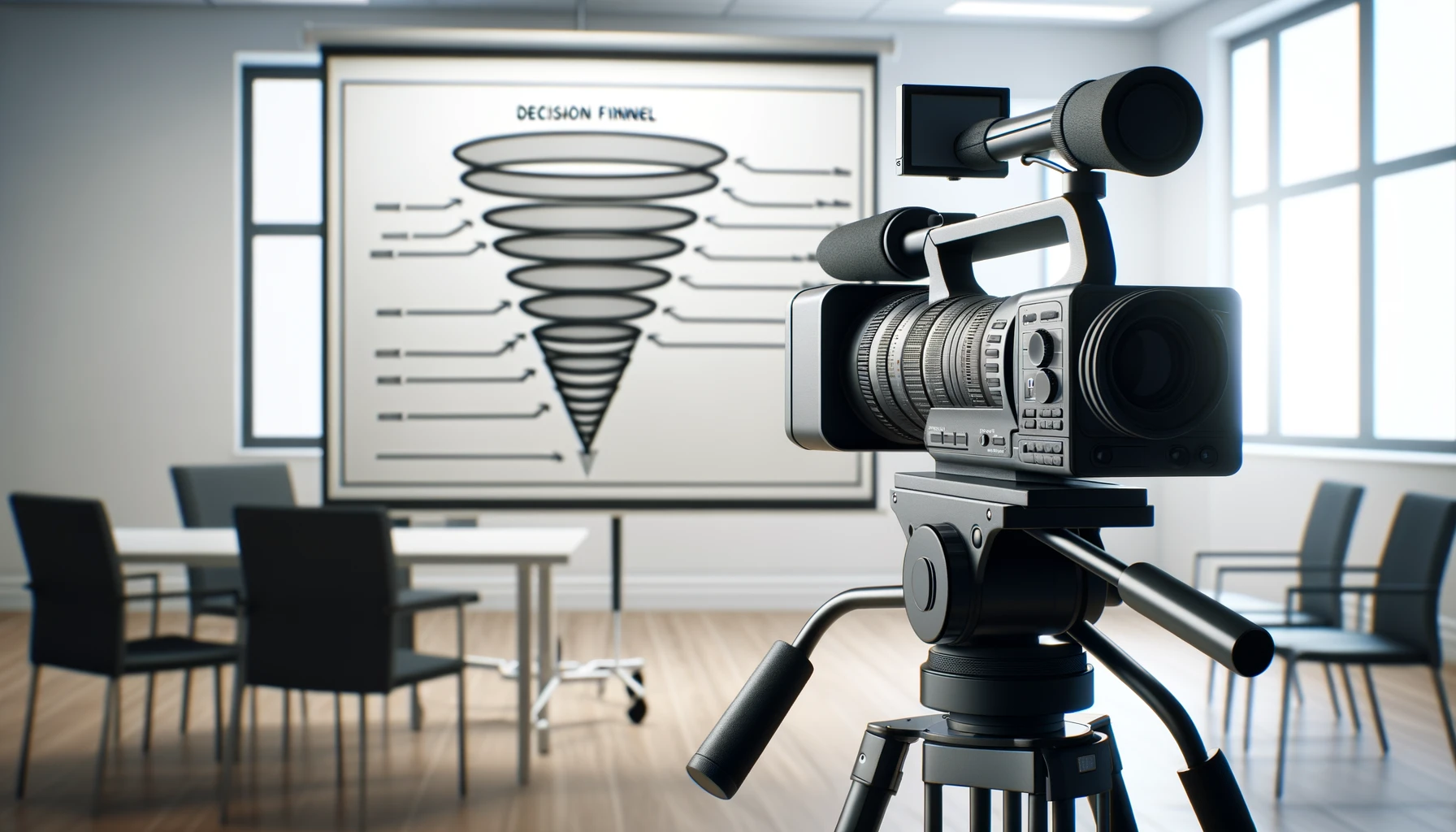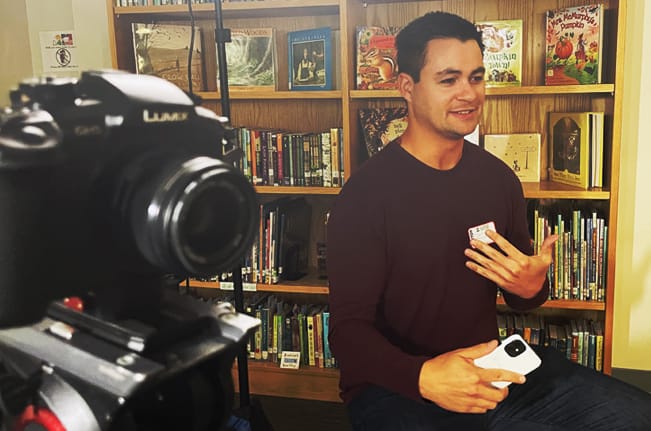Okay, so the video’s concept, the budget, and the timeline have all been approved by the boss- Woo hoo! That’s always a great first step, but now it’s time to roll up the sleeves and get to work. However, many organizations don’t take the pre-production process seriously enough, or they spend way too much time trying to perfect the script. In this post, we’re going over some things you should expect to go into while in the pre-production process.
- Concept Deep-Dive
This is the foundation that was pitched earlier in the discovery phase but now is the time to dive deeper. The big question to ask is, how are we delivering the story? Are we using a formal script and a voiceover? Are we using interviews and/or testimonials to help create a narrative? Is there B-roll? How much B-roll? Are we using animation or motion graphics? These will help you with the discussion with your video production partner for the next few steps. Also, make sure that there are clear expectations regarding who’s job is it to do what; otherwise, mass confusion will happen! - Marketing
This is one that often gets overlooked, but it’s important to understand- where is this video(s) going? How will it be utilized? What channels does it go on, and at what point in the funnel are the audience when they are watching the video(s)? This could affect how the story is developed, especially since some platforms do much better with shorter videos(or even a limit to 60 seconds) than others. - The Story
This is perhaps the most important step of the Pre-production process. Understanding the story and connecting with your audience on a deeper level is crucial to map out. What does the organization do? What problems are their audiences having? How do they solve it? What is their Unique Value Proposition? What features help them achieve success? How do they overcome objections? What actions should viewers do after watching this video? These are some questions to consider for framing your story structure for interview questions and writing your scripts. You should think about what kind of music will be used, the tone of the video, and finally, how it fits with the organization’s overall brand. - Aesthetics/B-roll
Depending on the type of video you are creating, this step can be more time-consuming than others. If you were creating an animation video, understanding the aesthetics and style will be important to nail down based on the brand of the organization. If you are shooting a video, then having some key scenes to the film will be important to write down and find ways to schedule them into the shoot day(s) and know how they help support the story being told. It is super important to make sure that every party is in the same boat by setting the proper expectations on the video’s look and feel. After this is done, this is the time to review any storyboards and scripts as needed. Your video production partner will guide you through what is needed to get stuff written down. - Scheduling
This part is sometimes tricky. The goal should be to keep the shoot as condensed in calendar days as possible. Of course, life never really works out that way, but it’s important to understand how many days it will take to film the video. Some of this should be discussed during the discovery phase just before pre-production. Still, it’s also about coordinating various schedules for the video production partner and the talent, location availability, and any other factors to consider based on your shoot.
This process can be daunting, but it can also be fascinating — lots of ideas and concepts come out, and this is the time to really hone in on the best of the best. However, it’s important to know that just because you have a solid plan doesn’t mean you can’t deviate a bit. In fact, more often than not, you may find opportunities for improvising on the day of filming. If you have a project that’s a bit more formal (like a more scripted project), then be prepared to be aware of any potential challenges that arise and figure out how to address them.
I hope this gives you some insights on the importance of having a pre-production meeting (or meetings) to ensure your video’s success(s). DO NOT SKIP this step!





